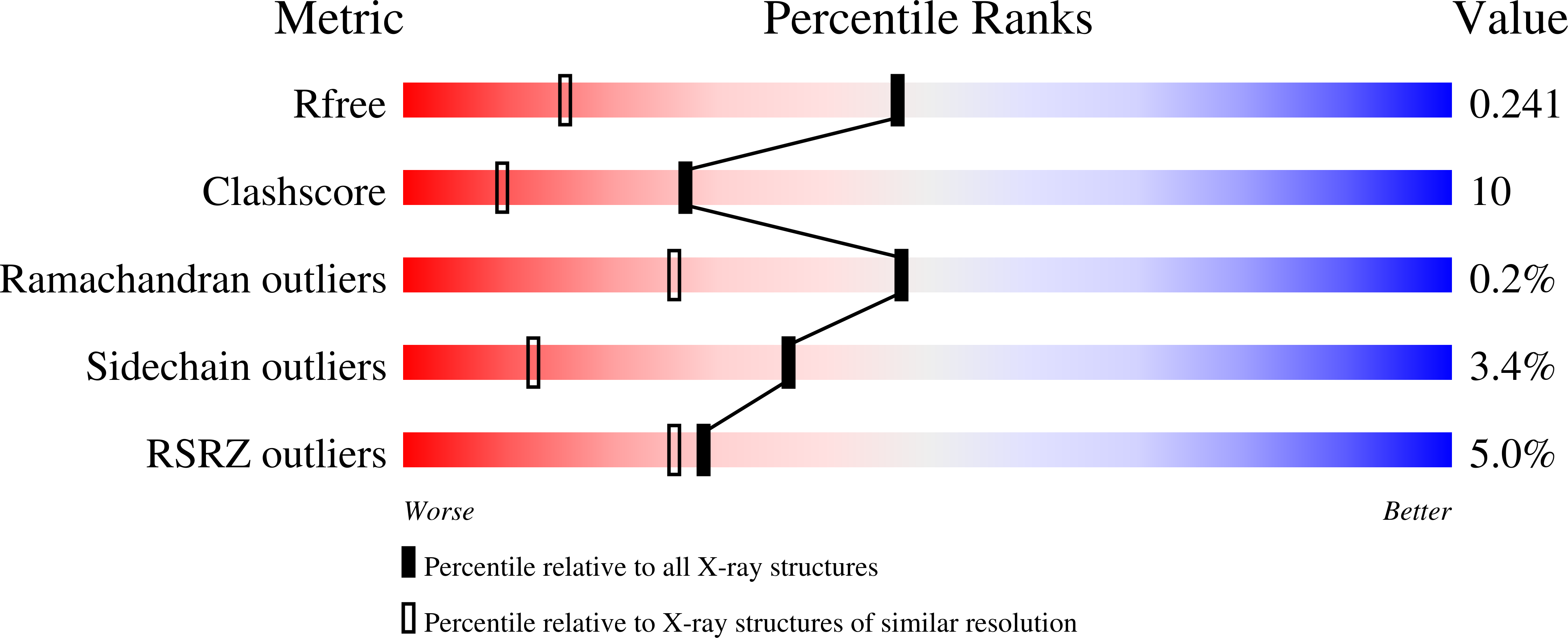
Deposition Date
2022-10-13
Release Date
2022-12-21
Last Version Date
2024-10-23
Entry Detail
PDB ID:
8BBH
Keywords:
Title:
The crystal structure of a mouse Fab fragment TL1 in complex with a human Glucose-6-phosphate isomerase peptide 293-307
Biological Source:
Source Organism:
Homo sapiens (Taxon ID: 9606)
Mus musculus (Taxon ID: 10090)
Mus musculus (Taxon ID: 10090)
Method Details:
Experimental Method:
Resolution:
1.62 Å
R-Value Free:
0.22
R-Value Work:
0.19
Space Group:
P 2 21 21


